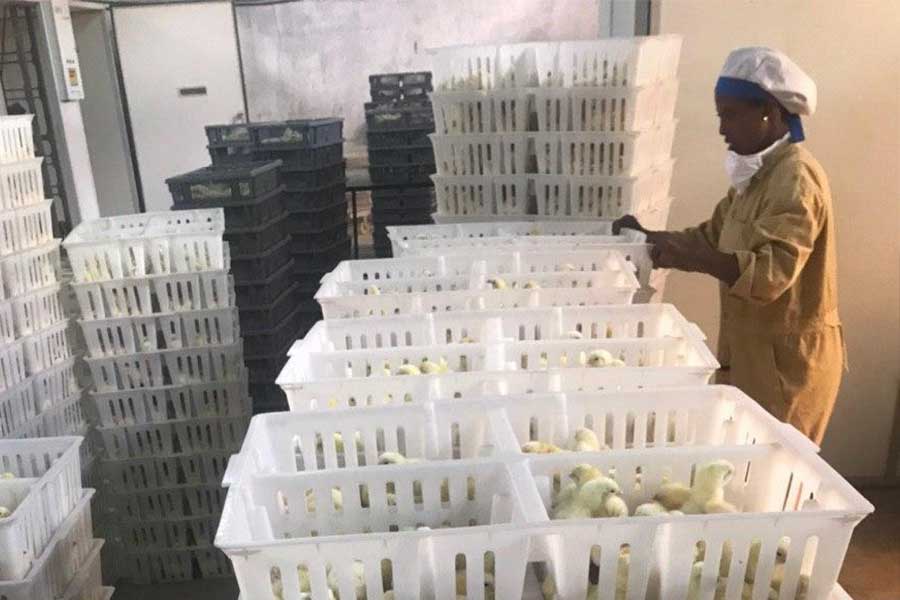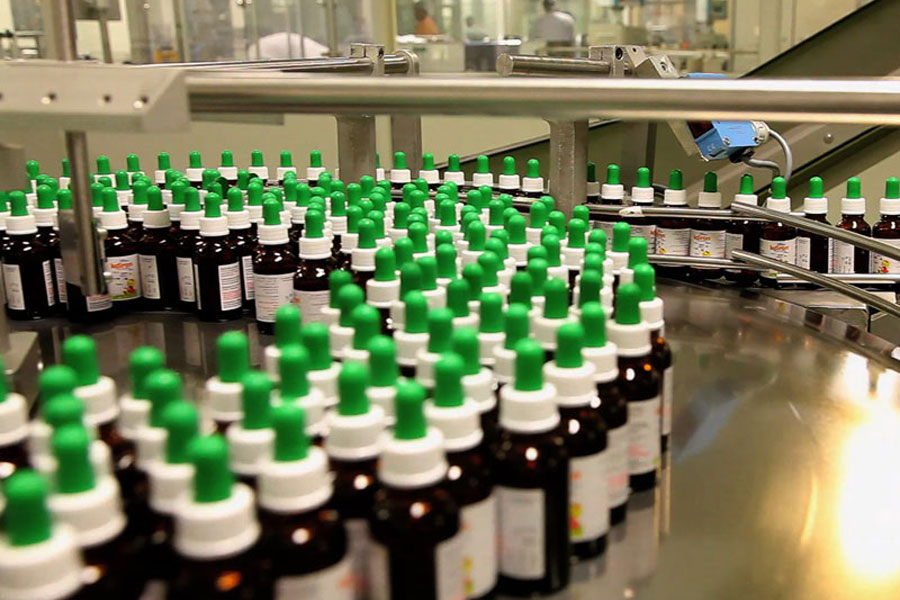
Sunday with Eden | Oct 25,2025
A bill which regulates participants in the dairy industry put forth by the Ministry of Agriculture is making its way to the parliamentary grill.
It requires all parties with the exception of smallholder farmers, to get a licence, refrain from the infusion of external ingredients and ascribe to standard requirements set by the Ministry. It prohibits mixing milk from different animal sources, restricts the sale of raw and processed milk and its derivatives to licensed vendors and sets new modalities for sale.
Raw milk collection centres may be established by authorized cooperatives, suppliers who receive quality standard approval from the Ministry and government bodies who see a supply gap within their respective administrative localities.
Sale from these collection centres may be conducted either through long-term contracts, open bidding by prospective buyers or pre-agreed sales contracts which should be in writing.
Production and distribution of milk had not received regulatory rigour despite per capita consumption of milk averaging around 20ltr and annual production standing at 3.2 million litres from 10 million cows.
Girma Hailu senior expert on dairy resources at the Ministry expects to identify the gaps in the supply chain and address the findings.
"It has gone through evaluation by several stakeholders," said Girma.
Close to 150 million households around the globe are engaged in milk production, according to estimates by Food & Agriculture Organization (FAO). Worldwide milk production has increased by more than 59pc, from 530 million tons to 843 million tons in the last three decades. New Zealand, U.S., Germany, France, Australia and Ireland have the highest milk surpluses while China, Russia and Italy have the largest deficits.
A proportional increase in global output has not been observed in the African continent from the combined impact of poverty and adverse climatic conditions.
Ethiopian dairy production averages 1.7ltr per cow over an average lactation period of 180 days. The rural mixed crop-livestock dairy system produces the largest share of milk, contributing 72pc of the total milk supply from 65pc of the milking animals.
The bill which has been languishing due to shifting mandates for the last four years to regulate dairy products by the Ministry, gleams hope for a supply chain soured by poor quality and unmet consumer demand.
Tigist Shewangizaw has stopped buying locally produced milk for her four children altogether.
She used to buy from a door-to-door salesman who delivered every other day. When that was no longer available, she switched to imported powdered milk. Growing up on a farm owned by her parents, Tigist preferred to buy organic milk but claims she has not been able to get the familiar taste from the market.
"It's basically water," she told Fortune.
A four-year research on the produce found that 85pc of raw milk and 90pc of pasteurized milk are found in poor hygienic conditions in Ethiopia concluding that the majority does not qualify as milk, after looking at 1,500 samples across several regional states.
A nutritional composition of 2.56pc protein and 2.57pc fat all the while a tenth of the content is water added on to increase quantity revealed the unfortunate condition of the produce. Milk is supposed to contain 3.5pc protein and 3.4pc fat to be categorized as such while locally produced one that has predominantly taken the traditional route lags behind the standards.
The study conducted by Addis Abeba University, Ethiopian Institute of Agricultural Research (EIAR), Kansas and Penn State universities recommended labelling of milk as skimmed, whole, raw and lactose-free as a possible remedy for the information gap that exists between suppliers and consumers.
Managers of dairy farms point towards the grassroots and believe the problem starts from the lack of proper regulation of smallholder farms.
Hibret Dairy Cooperatives S.C. has the capacity to produce up to 5,000ltr of milk a day. Located in the outskirts of the capital around Akaki Kaliti district, the company usually source its raw milk from nearby smallholder farms which are leaving the business and the area at a fast pace.
The Manager, Wendimeneh Ashebir, reasons that improper collection from the farms, and the shortage of veterinary pharmaceuticals and animal feed have colluded to create the supply shock forcing his company to cut production by half.
He observes the transportation of raw milk to processing plants requires quality preservation.
"Regulation is absolutely necessary," he told Fortune. "Anyone with a jerrycan shouldn't be able to sell milk."
Experts in the market have different notion.
The problem lies with intermediaries rather than suppliers, according to Abdulhamid Seid, a marketing strategist with close observation in the sector for close to a decade. He indicated that farmers in some parts of Oromia and Amhara regional states produce high-quality milk with up to 4.5pc fat and protein content. Still, intermediaries dilute the produce before it gets to the hands of customers.
For Abdulhamid, the fact that most milk trade is done past midnight indicates the possibility of illicit activity. He presumes that adulteration is more likely done by the agents and not the farmers themselves.
"There are ruthless links between the farmers and the market," he said.
According to the expert, chilling centres, a space to house the milk to keep it from perishing, and checkpoints between regional borders are deemed important.
While he encourages the imposition of stricter regulations on the dairy supply chain, controlling the initial input is critical to him. Awareness creation on behalf of both farmers and consumers along with a parallel regulatory framework are referred to by Abdulhamid as long-term solutions to prevail over market imperfections.
A stronger regulatory framework has been in operation in Oromia regional state since last year according to the marketer, which could be emulated on the national scale with more stringent follow-up.
PUBLISHED ON
Apr 29,2023 [ VOL
24 , NO
1200]

Sunday with Eden | Oct 25,2025

In-Picture | Apr 13,2025

Covid-19 | Apr 17,2020

Agenda | Sep 28,2024

Radar | Mar 11,2024

Commentaries | Jun 25,2022

Radar | Jul 24,2021

Fortune News | Apr 12,2020

Fortune News | Oct 27,2024

Featured | May 28,2022

Dec 22 , 2024 . By TIZITA SHEWAFERAW
Charged with transforming colossal state-owned enterprises into modern and competitiv...

Aug 18 , 2024 . By AKSAH ITALO
Although predictable Yonas Zerihun's job in the ride-hailing service is not immune to...

Jul 28 , 2024 . By TIZITA SHEWAFERAW
Unhabitual, perhaps too many, Samuel Gebreyohannes, 38, used to occasionally enjoy a couple of beers at breakfast. However, he recently swit...

Jul 13 , 2024 . By AKSAH ITALO
Investors who rely on tractors, trucks, and field vehicles for commuting, transporting commodities, and f...

Nov 1 , 2025
The National Bank of Ethiopia (NBE) issued a statement two weeks ago that appeared to...

Oct 25 , 2025
The regulatory machinery is on overdrive. In only two years, no fewer than 35 new pro...

Oct 18 , 2025
The political establishment, notably the ruling party and its top brass, has become p...

Oct 11 , 2025
Ladislas Farago, a roving Associated Press (AP) correspondent, arrived in Ethiopia in...